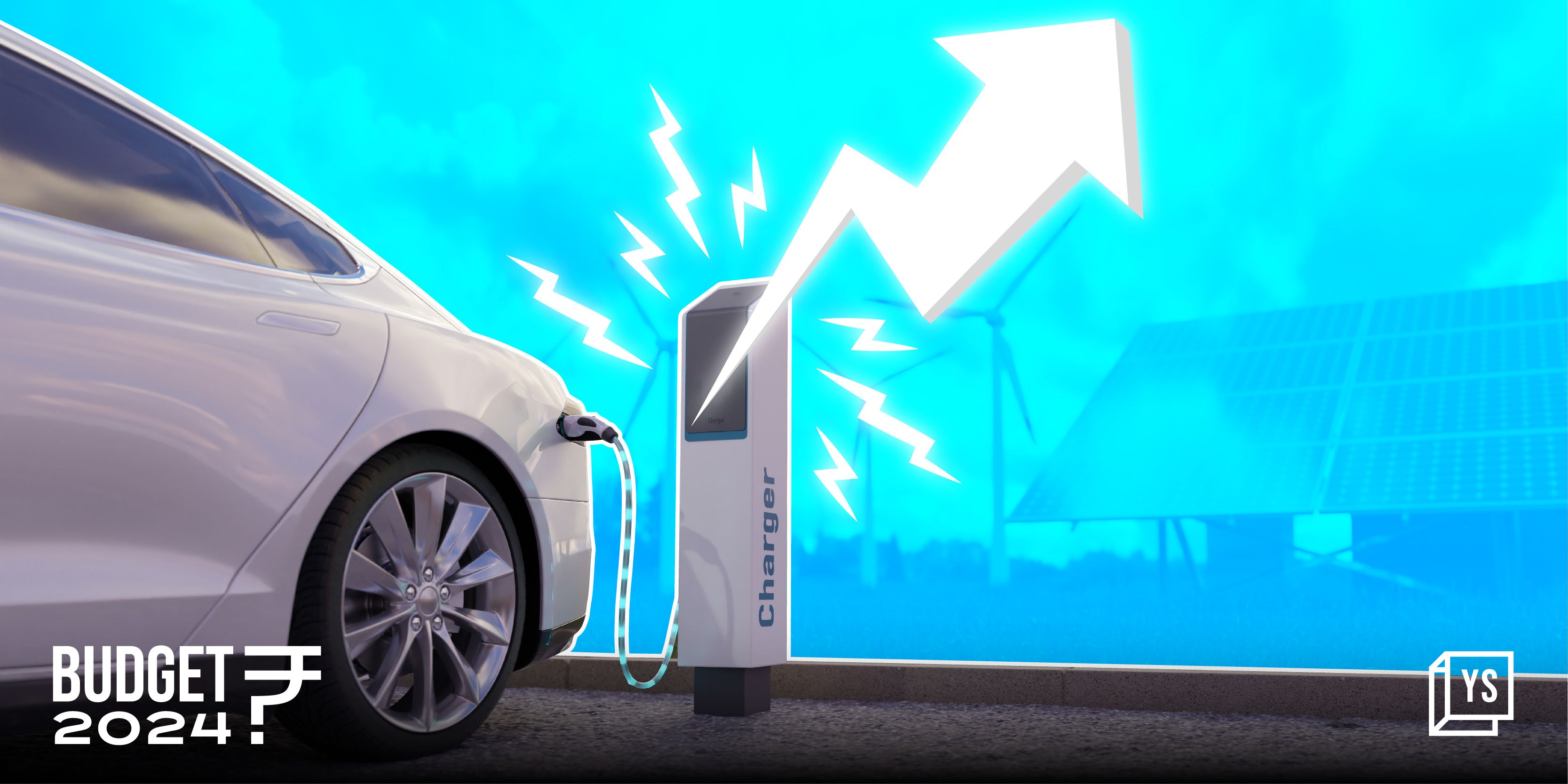
With the Air Quality Index (AQI) in Delhi breaching the 600-mark between November and December last year, it is no secret that air pollution in India has reached crisis levels. Mobility, single-handedly, is responsible for contributing nearly 40% of the total pollution in India, according to an EY report.
The Indian government is aligned on the simple fact that solving the internal combustion engine problem on a war footing basis is imperative—and it has introduced several policies to encourage the adoption of alternative mobility solutions, particularly ones that rely on clean energy such as electricity.
The first and the second installations of the government’s Faster Adoption and Manufacturing of Hybrid and Electric vehicles (FAME) have not only helped increase the adoption of electric two-wheelers for personal mobility, but also greatly encouraged their deployment for public transportation and commercial operations.
EV sales in India rose 50% to 1.53 million from a year ago, according to data released by the Ministry of Road Transport and Highway, via Vahan.
FAME II focused on purchase subsidies for electric two-wheelers, aimed to catalyse the shift to EVs in the public transport sector, as well as encouraged manufacturing companies to indigenise supply chains—all of which has paid off and helped prospective buyers consider EVs seriously.
But the battle is far from over.
FAME III
With the FAME II scheme expiring on March 31, 2024, the industry has pinned its hopes on a revival scheme of sorts that will continue to boost the sector and make it more attractive to external investment.
The biggest ask the industry has from the revised scheme is the continuation of existing purchase subsidies for two-wheelers, and the implementation of subsidies for four-wheelers. Purchase subsidies are particularly crucial to narrow the price gap between EVs, which are typically 40% more expensive compared to ICE vehicles.
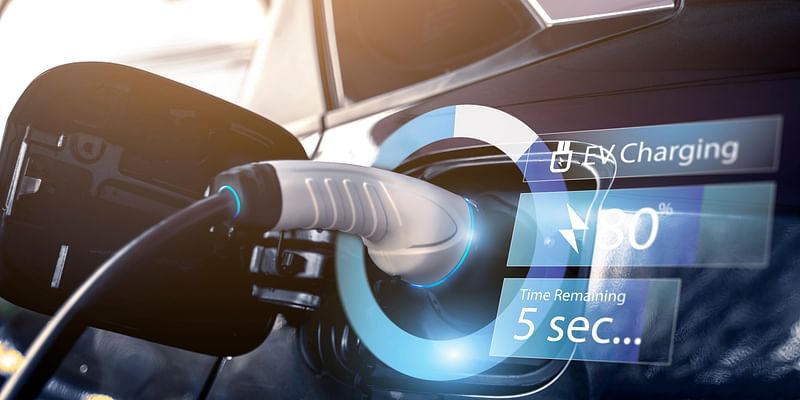
.thumbnailWrapper
width:6.62rem !important;
.alsoReadTitleImage
min-width: 81px !important;
min-height: 81px !important;
.alsoReadMainTitleText
font-size: 14px !important;
line-height: 20px !important;
.alsoReadHeadText
font-size: 24px !important;
line-height: 20px !important;
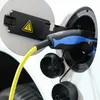
“The continuation of FAME for the next 5 years, extending beyond its current schedule till March, is essential, especially for maintaining upfront price parity for EVs compared to combustion engine vehicles,” says Akshit Bansal, CEO and Founder of EV charging network Statiq.
The EV industry is also seeking incentives for charging infrastructure, including subsidies in the form of reduced rates for land or space allocation to set up charging stations, operational support to alleviate ongoing maintenance costs, potential tax incentives, public-private partnerships, cheaper electricity, and allocating special zones on highways for charging stations, among others, to further accelerate the widespread development and accessibility of EV charging networks.
“Now that the gears have started moving (when it comes to consumers purchasing EVs), industry representatives and policymakers agree that the next set of subsidies should be on public charging infrastructure,” a source had previously told YourStory.
FAME III will most likely also continue to support EV-enabled public and commercial transportation, as was stipulated in the FAME II scheme.
The scheme, which may see an allocation of Rs 10,000-12,000 crore in Budget 2024, could be revealed as early as February 1, during the interim budget, said a report by The Economic Times, quoting a top government official.
According to YourStory’s sources, including in the Ministry of Heavy Industries, the proposal has been put in front of the Finance Minister, but there’s no clarity on when it will be announced.
Tax breaks
Tesla’s India bid and subsequent request for some relief in import taxes has opened up the topic for a broader discussion around the country’s high duties on EVs, sparking debates on the need for policy reform.
Lawmakers also seem to have heeded the advice—India is currently working on a new EV policy that will look to slash import taxes for automakers that manufacture locally, according to a Reuters report.
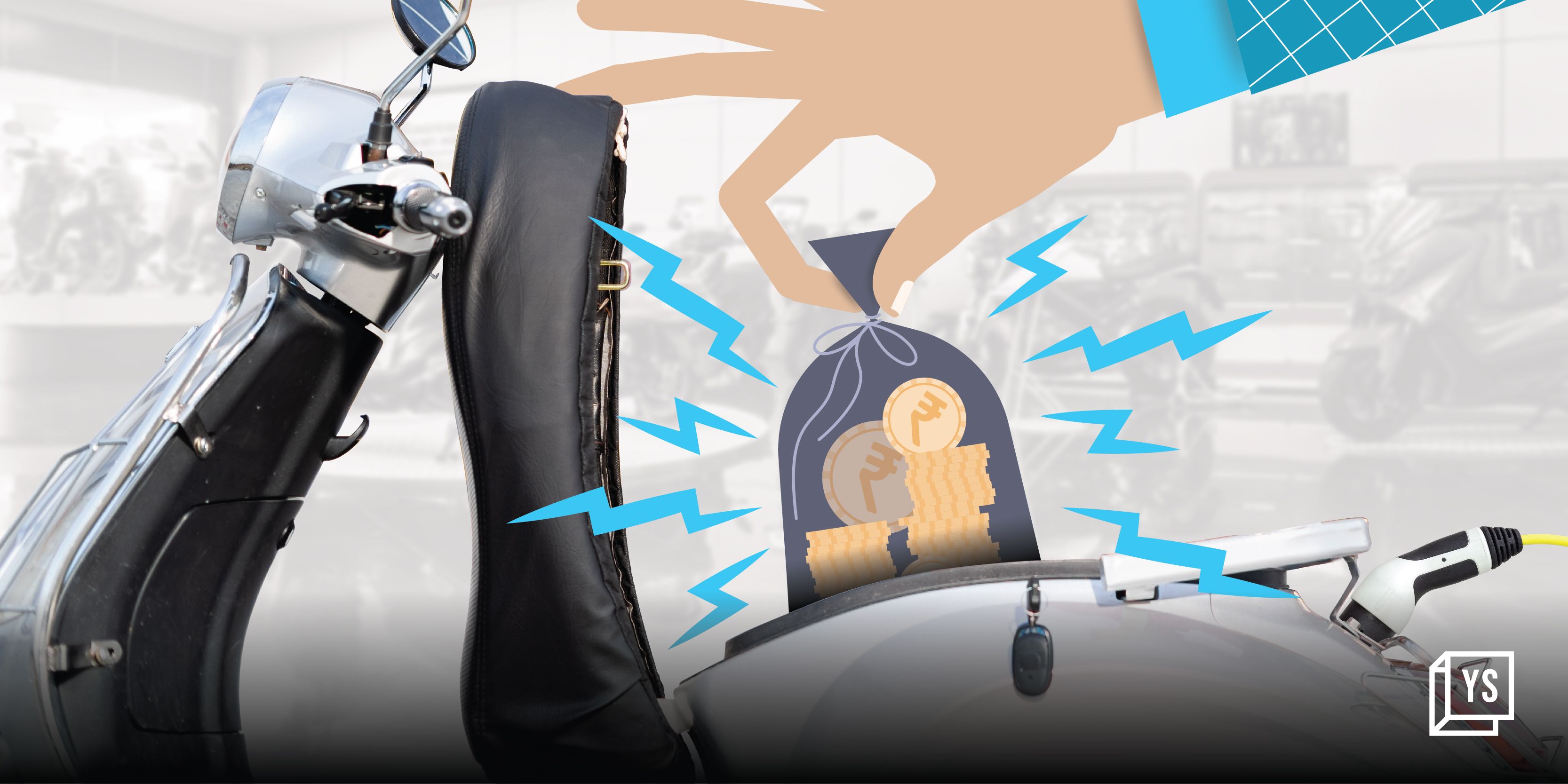
.thumbnailWrapper
width:6.62rem !important;
.alsoReadTitleImage
min-width: 81px !important;
min-height: 81px !important;
.alsoReadMainTitleText
font-size: 14px !important;
line-height: 20px !important;
.alsoReadHeadText
font-size: 24px !important;
line-height: 20px !important;
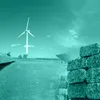
The policy could allow automakers to import fully-built EVs into India by paying as low as 15% in the form of import duty, compared to the current 100%.
The industry is hoping imported electronic components also get the same treatment so manufacturing could become cheaper, and, consequently, offer cheaper, more affordable EVs to people.
Battery manufacturers have their fingers crossed for a significant reduction in GST—from 18% to 5%—on lithium-ion battery packs and cells, as well as some critical components used in EV powertrains.
Through FAME II, the government’s emphasis on localising supply chains for EV manufacturing not only generated thousands of jobs in the sector but also propelled the growth of local businesses.
Tier III and Tier IV manufacturers (mostly components)—who have localised to the point of leveraging indigenous lithium from mines found in India and set up production lines for specific parts—are looking to Budget 2024 with expectations of continued emphasis and incentives for local manufacturing through PLI schemes.
“Addressing aspects like component localisation and ensuring easy access to necessary components will empower Indian companies, both large and small, to develop competitive products at competitive prices, further solidifying the sector’s growth potential,” says Dinesh Arjun, CEO and Co-founder of Raptee, an EV motorcycle brand.
Wishlist items
While Budget 2024 is not likely to be an extensive one on account of the general elections this year, the EV industry has made petitions to the government on various issues other than FAME III guidelines and tax breaks.
Original equipment manufacturers (OEMs) have asked the government to consider making EV loans cheaper so that they become more attractive, as well as help somewhat offset their high prices.
Battery recycling companies are hoping for some relief on import duties of used batteries that they then convert into energy storage solutions.
Grants and innovation-focused schemes and incentives for different battery chemistries, particularly ones that do not depend extensively on imports, is another big ask from startups working on these solutions. They contend that India has the potential to spearhead the development of Sodium-ion batteries, but because private investors hesitate to venture into relatively uncharted territory without assured returns, the government should champion the cause.
Edited by Megha Reddy






![Read more about the article [Funding alert] Visual tech startup Dybo raises Rs 1.2 Cr from US and Singapore investors](https://blog.digitalsevaa.com/wp-content/uploads/2021/04/Imagei3kw-1618382262529-300x150.jpg)



